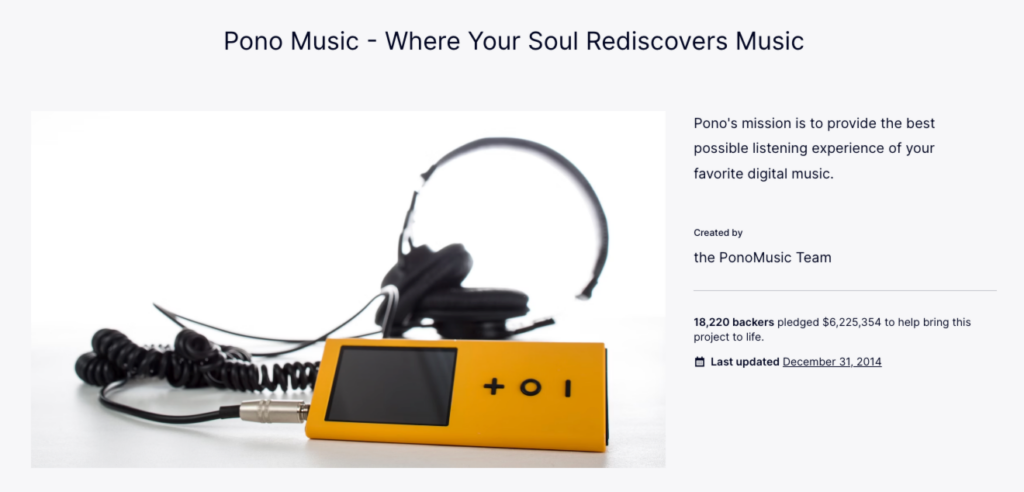
If you have spent any amount of time researching the best ways to secure media coverage for your own startup or a client, you’ve probably discovered what I found out a long time ago- there is a plethora of conflicting information out there. Why? Well I …
Luckily, there are plenty of great resources for pitching tips out there- and some of those are the people you are surrounded by. I have spent the last few months asking some of the smartest people I know for their pro tips on pitching. The list includes reporters, my colleagues and other PR professionals. From those questions, I’ve come up with this list of the best tips out there for pitching the media (of course, I’ve included a few of my own as well!).
- Reporters are human. Never forget that. If you want someone to give your idea the time of day, make sure it’s blatantly obvious that you took time out of your day to do research on their interests and their beat. If you pitch a reporter outside of their coverage area, not only are you wasting your time for that client, but you might also be burning a possible bridge for the future.
- Keep it short but sweet. Make sure that if a reporter does nothing more than skim your pitch, he or she will still know exactly what you’re offering and what you’re asking of them.
- Engage with reporters in any method possible to show that you’re interested in them- comment on their posts with meaningful content and share their content on social media.
- To a client, a PR professional’s job is to secure them coverage. To a journalist, a PR professional’s job is to provide their readers with relevant and valuable content. Give them all of the information they need- links to a media kit, contact information, key information and important statistics. The fewer steps a reporter needs to take to write about your client, the better.
- Make sure that you are making your client as relevant as possible. Don’t just assume that people will write about your client as a singular feature. Do your research and find any way possible to relate your client to what is happening in the national media. Consider pitching your client as part of a bigger story- they’ll still get the coverage they desire and the journalist will have a broader topic to write about.
- Never forget to offer a call for action. Just simply sharing information about your client isn’t the best way to go about pitching. At the very least, if you ask the reporter something specific, they’ll be more compelled to reply and you’ll have a chance to make a relationship.
- Don’t just pitch a product or company- try to find an interesting angle or back story to offer the journalist a story that includes your client.
- Make sure the journalist knows that you are choosing them specifically. You can do this by recalling a story they’ve written recently and commenting on it or relating what you’re pitching back to their original beat. Just make sure it’s blatantly obvious that they aren’t part of a massive blast.
- Avoid buzzwords- “shiny” language isn’t going to get you anywhere. Instead, take the time to understand how to succinctly explain exactly why someone should be interested in what you’re pitching.
- The last tip works for journalists and it works for relationships in everyday life- just say thank you. Even though writing might be their job, it’s still crucial to thank every journalist who writes about your product or company. This opens up a whole new opportunity for a future relationship. As a PR pro, it’s hard not to be short-sighted, but it’s important to remember that gaining instant coverage isn’t the most important aspect of public relations, it’s developing relationship with the right people who will benefit your clients in the long run.
As you can see, some of these tips are contradictory. For example, while one person says to keep all pitches short and sweet, another says to be thorough and offer a possible story line for the journalist. That’s why you can’t just follow any set formula for pitching- you have to do your research and figure out what is going to work best for your client and the specific situation. If you think you need help with a Public Relations strategy, contact me at Enventys Partners and learn how we can help.
Work With Us
Want to learn more about how we’d prepare your product for launch? Request a quote today.
Want To See This Advice In Action?
Check out our case studies and learn more about how we’ve achieved stellar results for our clients.



